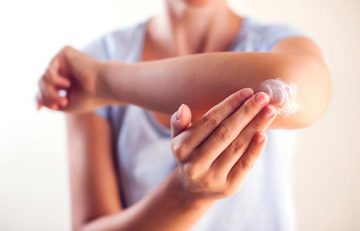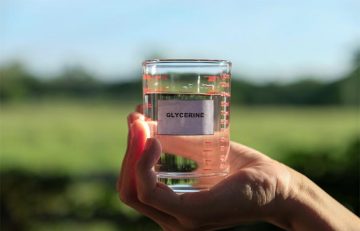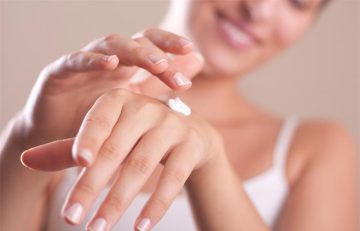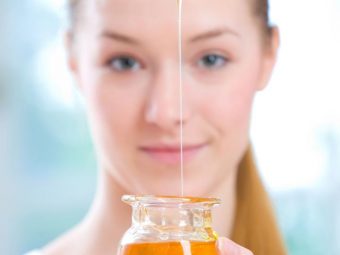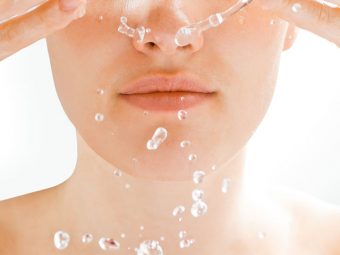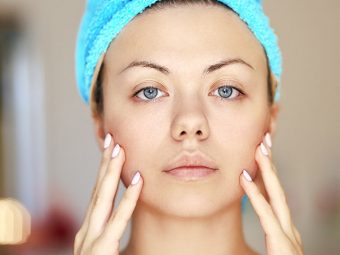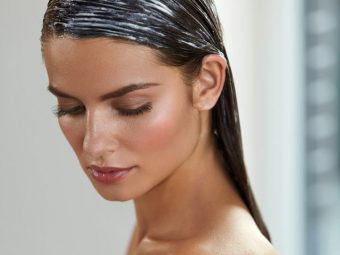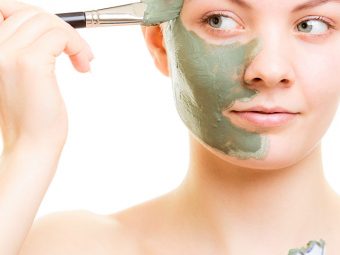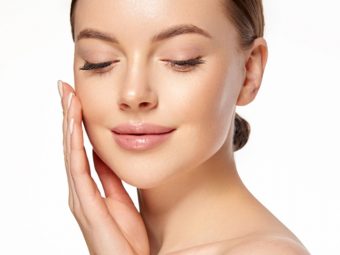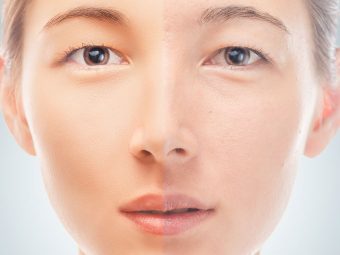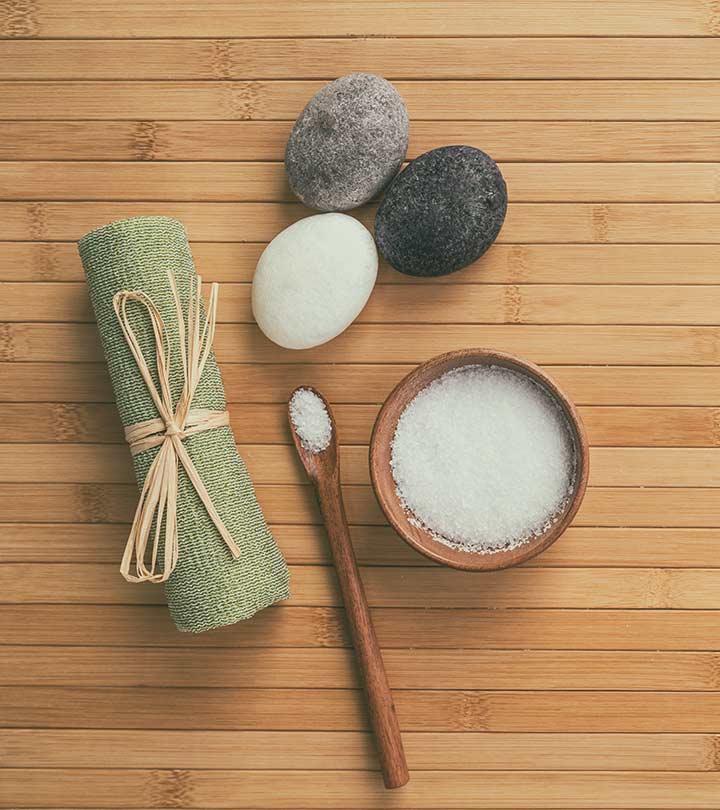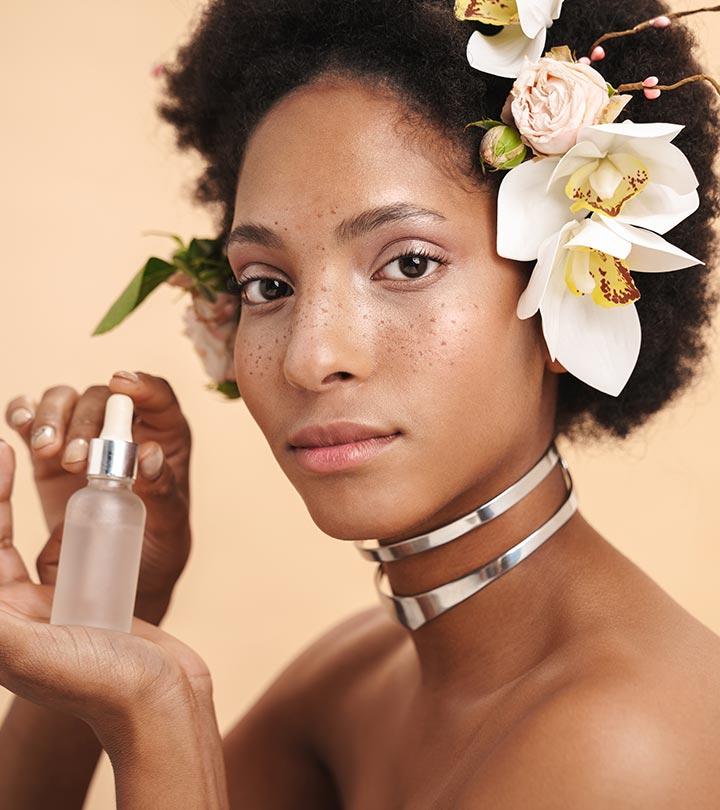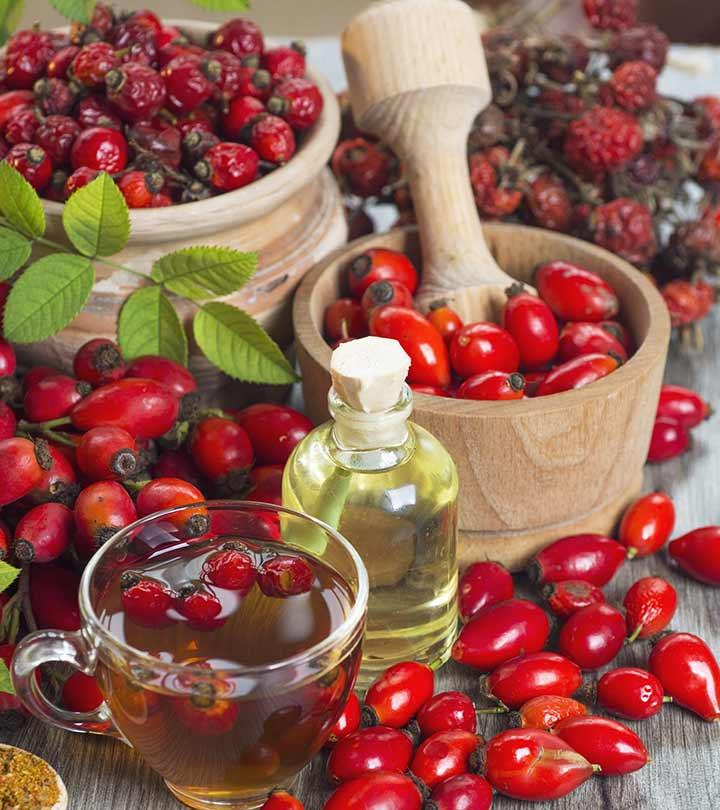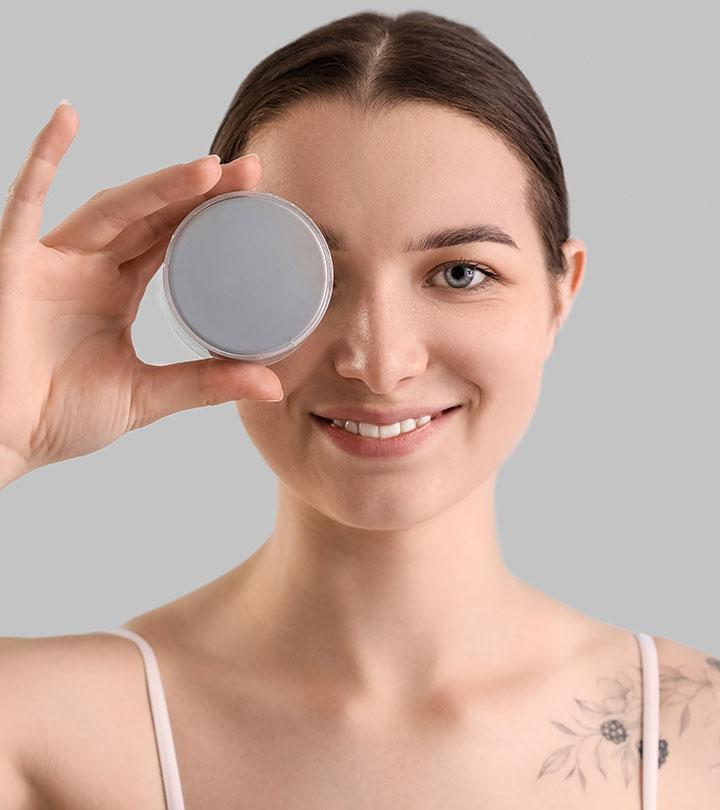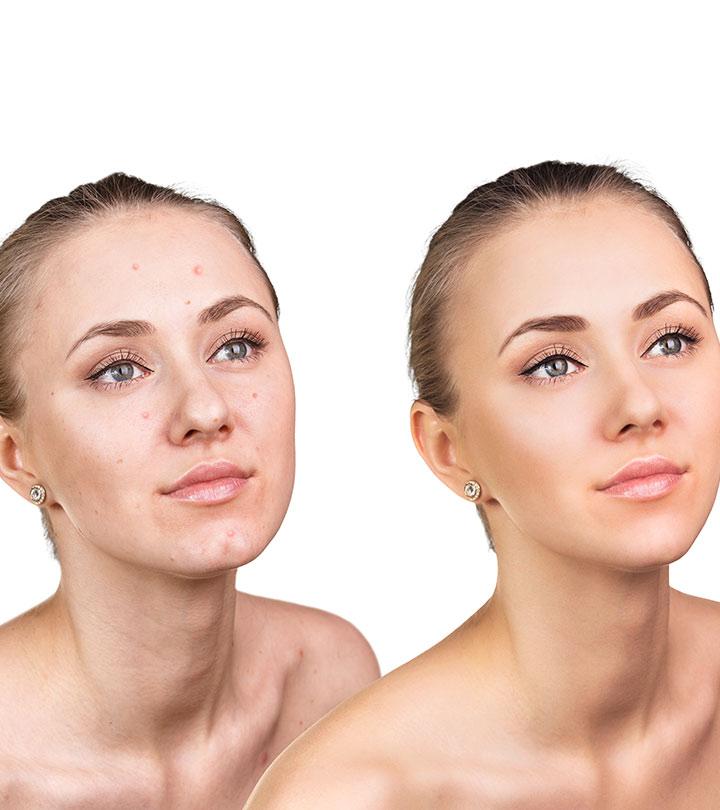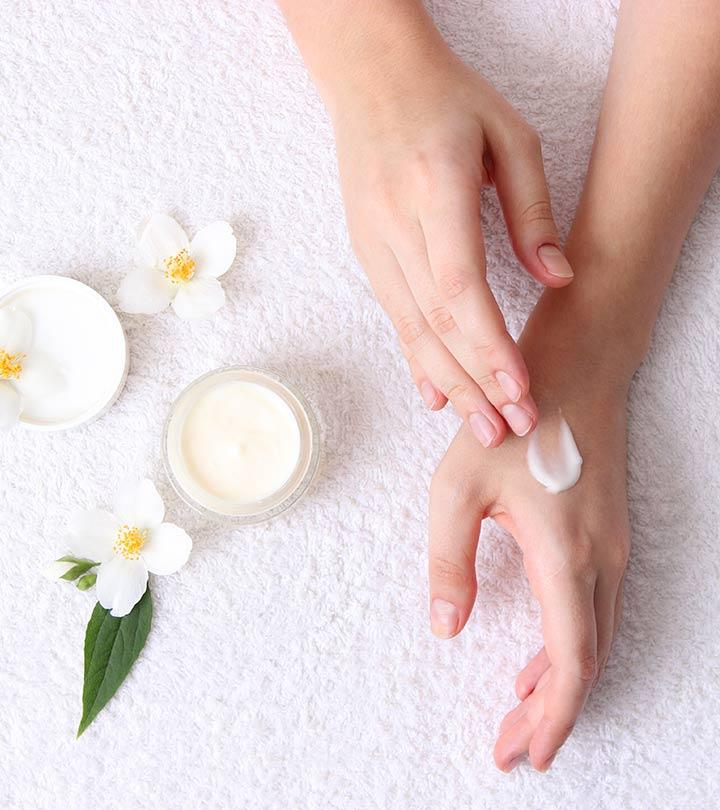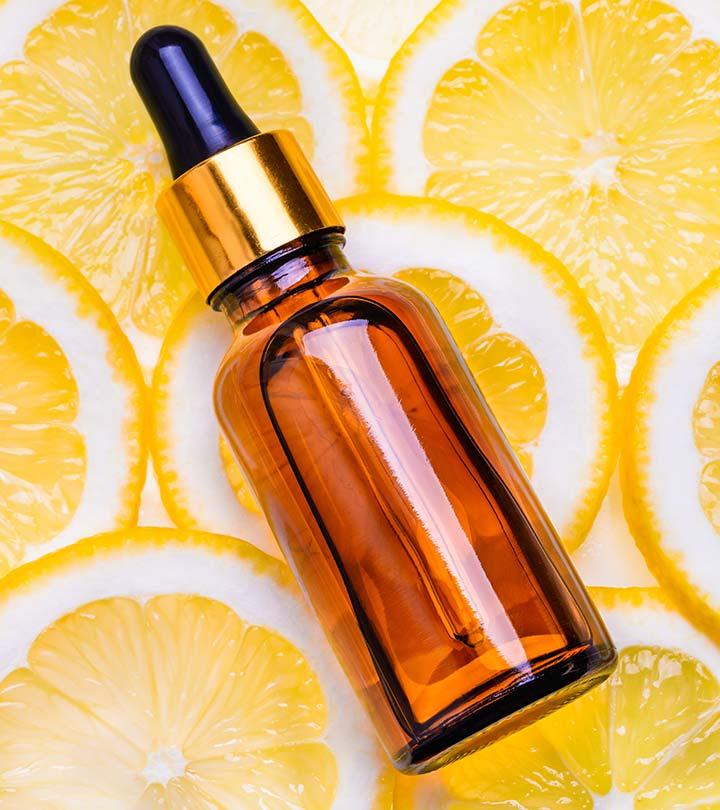What Is A Humectant And How To Use It To Moisturize Your Skin?
Learn everything about this water-loving ingredient and why you need it to keep your skin soft.

Image: Shutterstock
Humectants are everywhere. They are used in your creams, lotions, serums, and conditioners. But why are these agents important? What do they do? In this article, we will take you through the fundamentals of humectants and how they work and benefit your skin. Keep reading.
In This Article
What Is A Humectant?
A humectant is a hydrating agent found in creams, lotions, serums, conditioners, and several other skin care and hair care products. Humectants can attract and bind with the water molecules, helping your skin and hair preserve moisture and stay hydrated.
Humectants are of several types and not all function alike (we have discussed this later in the article). The way a humectant behaves often depends on the other ingredients of the product or the formula of the product. Accordingly, humectants can add to the overall benefit offered by the product. In the following section, we will discuss how they function.
How Do Humectants Work?
Think of a magnet and how it attracts iron. Similarly, humectants attract water. They draw water mainly from two sources (1):
- From the dermis into your epidermis (from the inner layer to the top layer of your skin)
- From the environment (while humid)
Humectants also help your hair draw moisture and retain it. However, not all humectants work for both skin and hair. That’s the reason you will not see the same humectants used in hair care and skin care products.
Humectants are great for keeping your skin soft, supple, and hydrated. Let’s take a look at the types of humectants that are available – those that we commonly see in products.
What Are The Different Types Of Humectants?
Humectants can be natural as well as synthetic. Skin care and hair care products may contain either of them. Most manufacturers prefer synthetic humectants over natural humectants as the former are cheaper. Though synthetic humectants perform the basic functions of a humectant and retain water, unlike natural humectants, they do not nourish your skin.
Some of the common natural humectants include:
1. Aloe Vera
This is one of the most effective naturally hydrating ingredients available. Studies have found it to be effective in skin hydration, possibly due to its humectant-like mechanism (2).
 Trivia
Trivia2. Honey
Honey is a natural ingredient that has multiple benefits. It is an excellent humectant, emollient, and hair conditioner. It is loaded with useful amino acids, minerals, enzymes, and vitamins that keep your skin healthy and smooth. Honey also helps soothe different skin conditions (3).
3. Glycerin
This one substance has both natural and synthetic equivalents. Synthetic or chemically derived glycerin is alcohol (Glycerol) that works as a humectant. Natural glycerin is derived from plant-based oils. It is an excellent humectant. A study showed that it could increase the hydration levels of the skin and keep it soft (4).
4. Tremella Fuciformis Extracts
These are extracts from Tremella mushrooms and are a popular ingredient in K-beauty products. Though the mushrooms are used as a culinary delight, their extracts are believed to be extremely hydrating.
 Trivia
Trivia5. Alpha Hydroxy Acids (AHAs)
These are naturally derived from plants and are mostly used in anti-aging formulations. Some common AHAs include glycolic acid, malic acid, lactic acid, and mandelic acid. AHAs exfoliate your skin, clearing the dead skin cells, so the moisturizers can seep deeper into your skin layers.
Some of the common synthetic humectants include:
1. Hyaluronic Acid (HA)
Though hyaluronic acid occurs naturally in your skin cells, the HA in skin care products is developed chemically. It is an excellent humectant that keeps the skin hydrated by retaining the moisture levels (5).
2. Urea
When used in lower concentrations (10%), urea is an excellent humectant. A study has shown that it can prevent transepidermal water loss (TEWL) and help your skin retain water and keep it hydrated (1). However, urea may also cause skin irritation, redness, itching, and a burning sensation.
3. Polyethylene Glycols (PEGs)
PEG 400 and PEG 600 are the common humectants (6). PEGs are petroleum-based compounds that work by pulling moisture from the deeper layers of the skin to the topmost layers. However, these might cause allergic reactions and dermatitis (7).
4. Sodium PCA
This substance works as a humectant and is mostly used in shampoos, conditioners, creams, lotions, foundations, and lipsticks. Usually, it is used in concentrations ranging from 0.2% to 4%.
Renee, a skin care expert, and a YouTuber, talks about moisturizers and their ingredients that help in keeping skin hydrated. She says that humectants are water binders that attract water molecules from the surroundings and rehydrate the skin. She further lists down some of the popular humectant ingredients and states, “My favorite humectant ingredient is hyaluronic acid. It’s got a lot more luxurious feel than glycerine and it is a lot thinner and not sticky (i).”
Humectants are not the only moisturizing agents that we see in our products. There are some emollients and occlusives as well. Some humectants may not work well alone but give better results when paired with these emollients and occlusives. Although these might have similar properties, they are different from each other. Let’s find out how.
How Do Humectants Differ From Emollients And Occlusives?
Humectants, emollients, and occlusives are different types of moisturizers. These are often used alone or in combination in products for achieving optimal results. Although these three belong to the same category, they have their differences.
Class Of Moisturizers | Humectants | Emollients | Occlusives |
How They Work | Draw water either from the dermis (to a certain extent) or from the humid air. | Fill the rough area on the skin to make it smooth. Don’t affect the water content of the skin. | They create a barrier to trap water on the skin (either supplied to the skin by a moisturizer or when soaked in water). |
How They Feel | Feel sticky (when used alone). | Feel nice on the skin. | Feel heavy on the skin. |
Side Effects | A few might cause irritation (urea, lactic acid). | Rarely cause irritation. | Clog skin pores and may cause folliculitis and contact dermatitis. |
Examples | Hyaluronic acid, urea, glycerol/ glycerin, and AHAs (lactic acid). | Squalene, cholesterol, ceramides, and fatty acids (oleic, linoleic, lauric acids). | Beeswax, mineral oils, silicones, zinc oxide, lanolin, dimethicone, and petroleum jelly. |
Now you know how humectants differ from the other types of moisturizers. Let’s understand how you can use humectants to moisturize your skin properly.
How To Use Humectants To Moisturize Your Skin Properly
Whether you are using products with humectants or any other type of moisturizing agent, there is a certain way to apply them. The National Eczema Association has some guidelines regarding proper moisturizing techniques (8):
- Apply the moisturizer right after bathing and while the skin is still damp. If you are using any skin medication, apply it first, followed by the moisturizer.
- Before applying, take some moisturizer in your palm and rub it.
- Apply it in a downward direction.
- Avoid rubbing it in an up-and-down motion or in circles.
- Always leave a film of moisturizer on the skin and let your skin absorb it.
Now that you know everything about humectants, here are some product suggestions for you.
Products With Humectants That You May Check Out
The type of humectant you pick depends on the needs of your skin. For instance, if you have oily and acne-prone skin, your skin will need something with salicylic acid or AHAs that can clear the dead skin cells. Also, you can get products with both humectants and occlusives if your skin needs intense hydration.
Humectants help keep our skin moisturized. However, not all humectants may suit all skin types. Therefore, when picking your moisturizers and creams, check the label carefully to identify what type of humectant they contain. Try different products until you find out which humectant suits your skin and makes it feel comfortable. You may go for either natural humectants or synthetic humectants. People with extremely dry skin may require a mix of humectants and occlusives. Therefore, listen to your skin, observe it, and understand its needs. Also, don’t forget to do a patch test before using a product.
Frequently Asked Questions
Is shea butter a humectant?
Yes, shea butter is a humectant, an occlusive, and an emollient.
Is coconut oil a humectant?
No, coconut oil does not have humectant properties. Coconut oil is occlusive, which means it sits on top of your skin and seals moisture within (which can be problematic for acne and sensitive skin). If you have dehydrated skin, coconut oil may be an excellent occlusive after applying a moisturizer.
Is jojoba oil a humectant?
Yes, and due to its humectant characteristics, jojoba oil is an excellent moisturizer. It helps keep the skin hydrated by attracting water to the top layer of the skin.
Is olive oil a humectant?
Olive oil is nutrient-dense and functions as a natural humectant, attracting moisture to dry skin.
Is castor oil a humectant?
Castor oil may have humectant characteristics. It can absorb moisture from the air and keep the skin hydrated.
Personal Experience: Source
StyleCraze's articles are interwoven with authentic personal narratives that provide depth and resonance to our content. Below are the sources of the personal accounts referenced in this article.
(i) Moisturizers – Hydration vs. Moisture | Humectants, Emollients, OcclusivesReferences
Articles on StyleCraze are backed by verified information from peer-reviewed and academic research papers, reputed organizations, research institutions, and medical associations to ensure accuracy and relevance. Read our editorial policy to learn more.
- Moisturizers: The slippery road, Indian Journal of Dermatology, US National Library of Medicine, National Institutes of Health.
https://www.ncbi.nlm.nih.gov/pmc/articles/PMC4885180/ - Moisturizing effect of cosmetic formulations containing Aloe vera extract in different concentrations assessed by skin bioengineering techniques, Skin Research and Technology, US National Library of Medicine, National Institutes of Health.
https://www.ncbi.nlm.nih.gov/pubmed/17026654 - Honey in dermatology and skin care: a review, Journal of Cosmetic Dermatology, US National Library of Medicine, National Institutes of Health.
https://www.ncbi.nlm.nih.gov/pubmed/24305429 - Glycerol and the skin: holistic approach to its origin and functions, The British Journal of Dermatology, US National Library of Medicine, National Institutes of Health.
https://www.ncbi.nlm.nih.gov/pubmed/18510666 - Hyaluronic acid: A key molecule in skin aging, DermatoEndocrinology, US National Library of Medicine, National Institutes of Health.
https://www.ncbi.nlm.nih.gov/pmc/articles/PMC3583886/ - Influence of some humectants on the physical characteristics of solidified sodium stearate-based sticks, International Journal of Cosmetic Science, US National Library of Medicine, National Institutes of Health.
https://www.ncbi.nlm.nih.gov/pubmed/19469997 - Skin reactions to propylene glycol, Contact Dermatitis, US National Library of Medicine, National Institutes of Health.
https://www.ncbi.nlm.nih.gov/pubmed/233872 - Proper Moisturizing Techniques, National Eczema Foundation.
https://nationaleczema.org/proper-moisturizing-techniques/
Key Takeaways
- Humectants attract water from the inner layer of the skin to the outer layer and the environment.
- Aloe vera, honey, glycerin, AHAs, and Tremella mushroom extracts are natural humectants, while urea, hyaluronic acid, PEGs, and sodium PCA are synthetic humectants.
- If your skin needs more hydration, you should go for products with both humectants and occlusives.
Dive into the world of hydration skincare with this comprehensive video guide to humectants. Learn how these moisture-attracting ingredients work wonders in hydrating your skin, retaining moisture, and combating dry skin issues. Click play to know more





